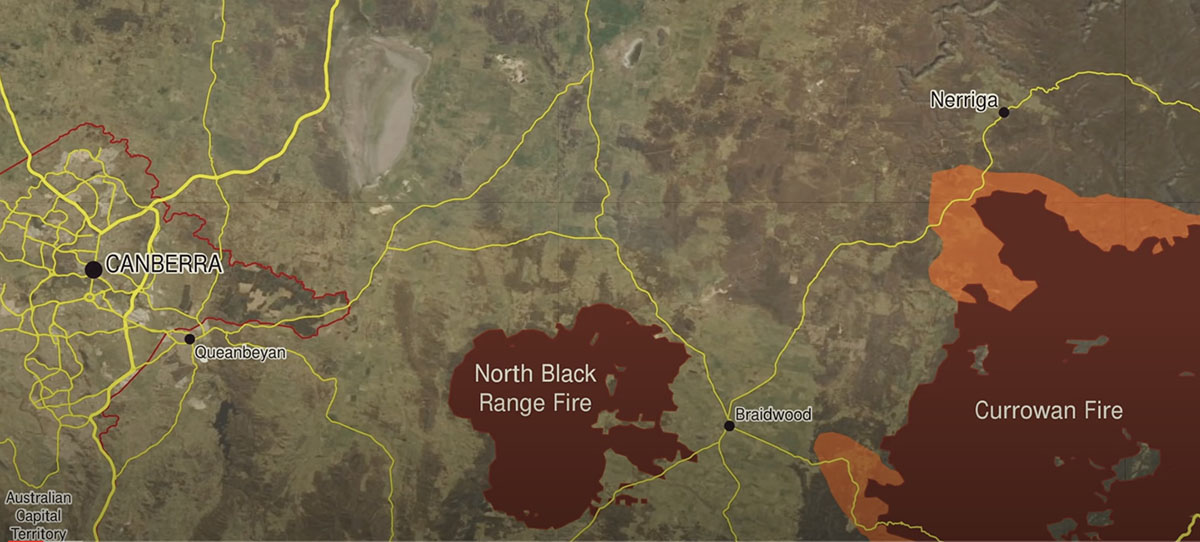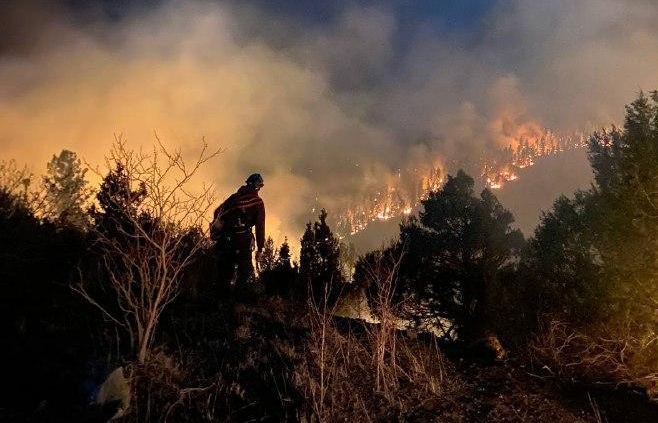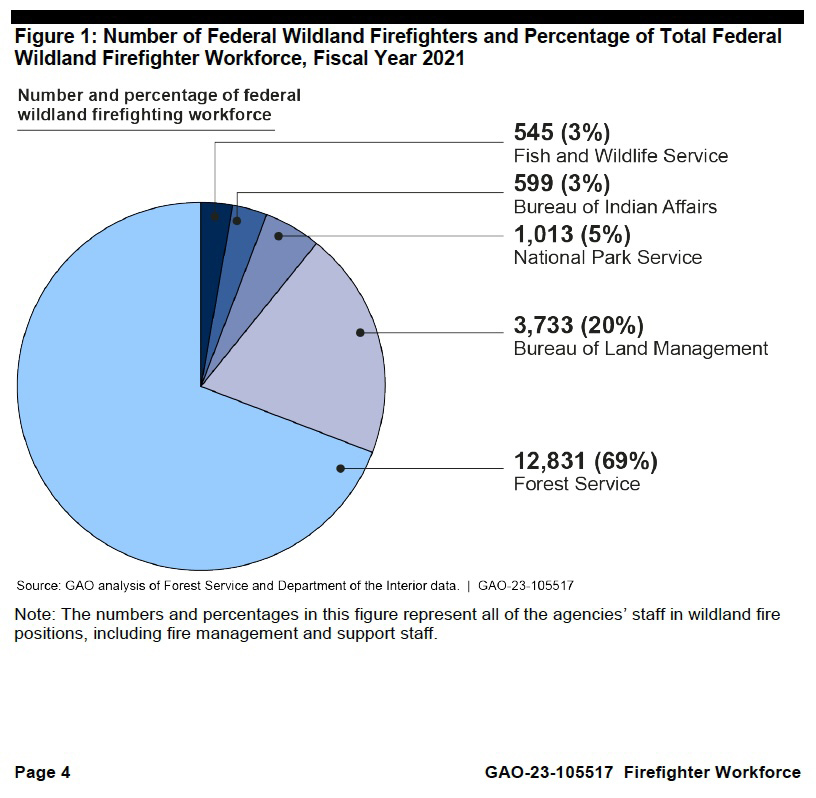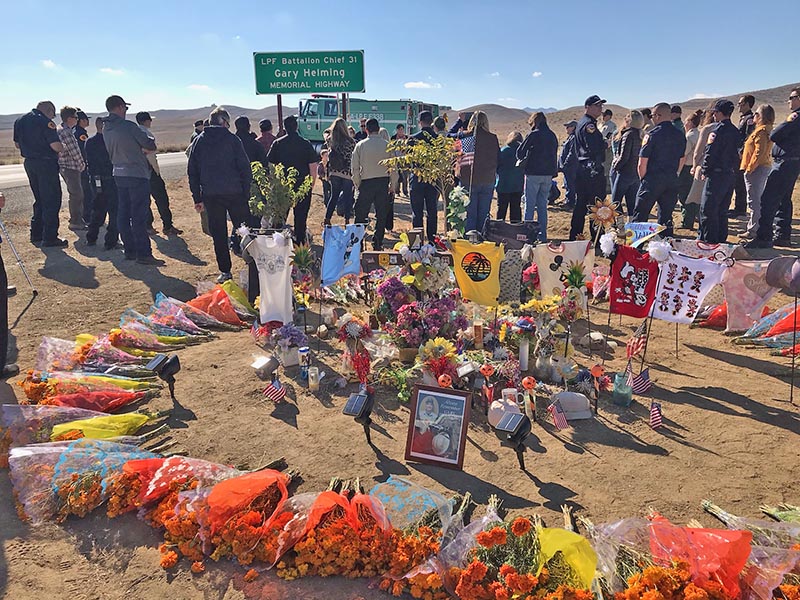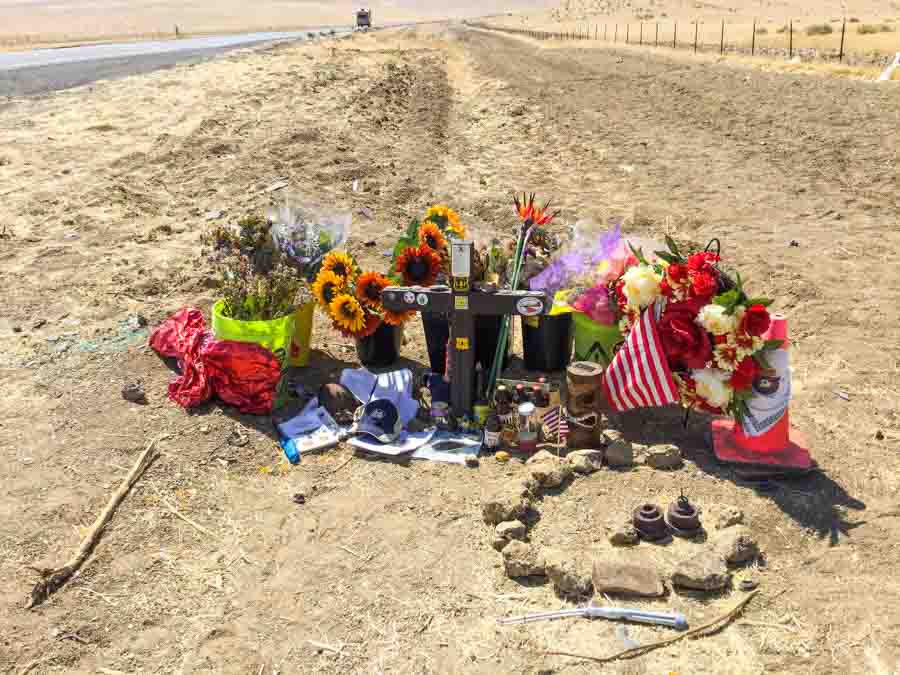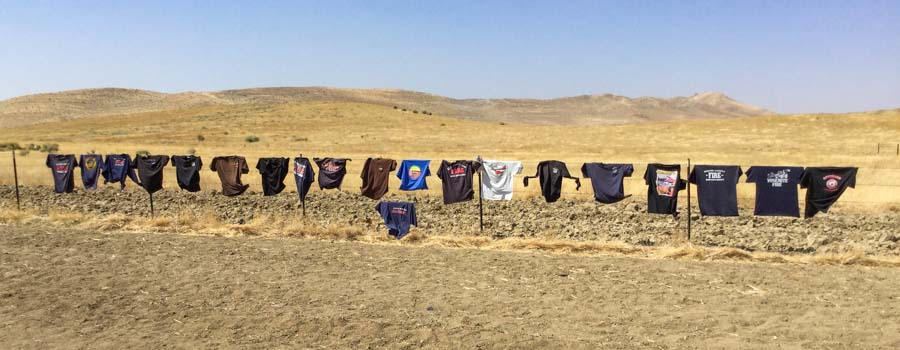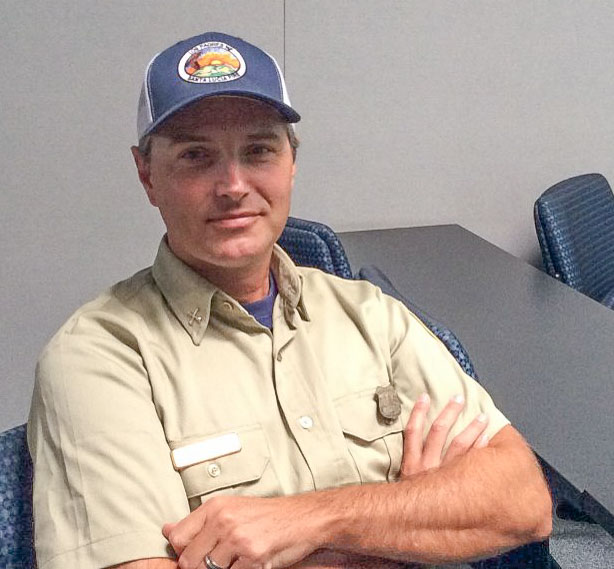
After a fire or other incident occurs that had an unfavorable outcome, Wildland fire organizations typically conduct an investigation or review to cipher out lessons that can be learned. That of course can be extremely helpful and can reduce the number of similar accidents down the road. But looking at multiple incidents can uncover trends or themes that could be even more valuable.
The US Forest Service recently completed a “Metareview” of accidents and incidents, including fatality incidents in the agency over a 10-year period (2007-2016).
Five themes emerged:
- Fatalities and injuries: Why are they continuing to occur?
- Fiscal incentives: How does the current pay structure affect operational strategies and risk management?
- Society: How do social and political pressures play into the wildland fire system?
- Ecological soundness: How do ecological health and land management factors currently play into wildland fire decision making and strategy planning processes?
- Communication/work environment: What do current successes and failures look like in the context of communication and the wildland fire work environment?
The seven-minute video below is an introduction to the effort.
The entire Metareview document can be downloaded as a .pdf, or you can peruse the individual chapters below.
- Chapter 1: Introduction
- Chapter 2: Learning from the Past
- Chapter 3: Conducting this Wildland Fire Metareview
- Chapter 4: Clear, Stable, Long-Term Vision
- Chapter 5: Does Our Communication Lead to Trust?
- Chapter 6: Telling Our Story – Consistently Inconsistent
- Chapter 7: Socio-Political Pressures: Real and Perceived
- Chapter 8: Cost or Investment?
- Chapter 9: Is “Safety First” a Myth?”
- Chapter 10: Mental Health and Suicide – A Call to Action
- Chapter 11: The Quest for 1,000 Hours of Overtime – Money as an Incentive to Risk
- Chapter 12: An Exercise in Envisioning
- Chapter 13: What’s Next? Continuing the Learning
- Chapter 14: Final Learning Challenge
One person who has reviewed much of the document described their impressions to Wildfire Today:
Basically the USFS is actually identifying a lot of their shortfalls and explains the policy issues they are having with conducting prescribed fires; describes that employee pay structures are unethical; describes why the current system by design is causing bad outcomes for employees both mentally and physically, and a lot more. Perhaps the most interesting part about this report is that there aren’t really any solutions offered.
The Forest Service views this metareview as one important step in their learning journey. This tool should be viewed in combination with other interagency wildfire safety products, such as the annual interagency National Wildfire Coordinating Group’s safety gram and the Lessons Learned Center’s annual “Incident Review Summary.”
This fall and winter, the Forest Service’s learning team will host webinars for the fire community to introduce the content and demonstrate how this learning tool can be used to transition from singular incident learning to ongoing, multi-format, iterative, shared learning.


